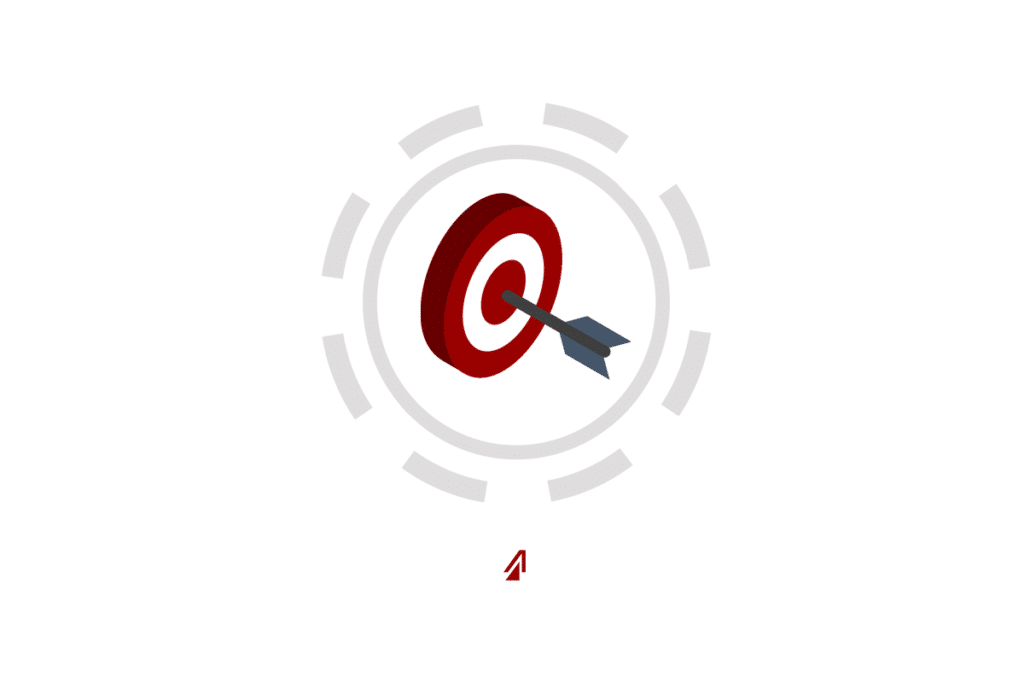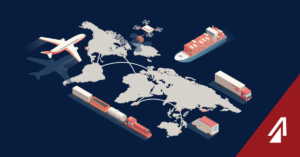It is often said in the corporate world that “What gets measured gets managed,” a quote attributed to the late management guru, Peter Drucker. Drucker was correct in that companies cannot improve their processes or manage their problems without first establishing a baseline and discovering a way to measure the progress toward a specific goal. This is where Key Performance Indicators (KPIs) can help. KPIs are a way for QA teams and problem solvers to measure a goal or process in its current state and evaluate how it compares to a company’s desired outcome for it. To make these comparisons, researchers need to know what KPIs are, ways to develop and use KPIs, and some benefits of establishing these indicators.
What are Key Performance Indicators?
KPIs are quantifiable, easily obtained, measurements that researchers can perform to evaluate how processes compare to established company goals. They provide focus for researchers to improve processes and create an analytical basis for companies to make decisions. These KPI metrics can be used to measure many aspects of a problem or process. Typically, KPIs will measure aspects like efficiency, project or personnel performance, effectiveness, or quality. Researchers will typically limit the number of KPIs they use on a process to the three to six most important indicators.
These top priority indicators are not one-size-fits all solutions for every company – each one needs to be specifically tailored to the specific company in question. However, successful KPIs have at least three traits in common: they are meaningful, measurable, and maintainable. Meaningful KPIs resonate with stakeholders and the stakeholders will engage with them, rather than ignore them. Measurable indicators are metrics that are readily available or can easily be obtained. Indicators that are too complicated to measure will not often be used or reported, and that will not help researchers. Maintainable indicators are metrics that the research team has some control over (e.g. an internal stakeholder process) and not what they do not have control over. KPIs are focused on elements that can change in a process or problem, so if researchers are unable to change the elements, the problem or process cannot be improved in that way.
How Can Researchers Develop KPIs?
Researchers can develop the three to six critical KPIs they need to evaluate a process in a number of ways. First, they can look at a few basic questions. The answers to these questions will help researchers select the right KPIs for them.
What does success look like?
How will the researchers know if the process is not helping attain the organization’s goals?
What data is most important to the stakeholders?
What type of data can the research team compile?
The answers to these questions will give researchers an idea as to what metrics to take in order to compare a process baseline to the overall goal.
Next, researchers can analyze the two types of metrics needed to measure a process. The first is outcome metrics – these are metrics that define what the researchers wish to accomplish. They focus on the desired results of a process and look at how the end result is affected by the process. These metrics are strategic objectives that will often focus on customers, stakeholders, finances, or organizational capacity. The second type of metric needed to measure a process is the process metrics. These are feedback metrics on how the individual steps of a process are working. These are meant to analyze the process as it happens and improve decisions made for day-to-day operations, products, or services.
The last way researchers can develop KPIs is to set targets and measure how the process is meeting these objectives. Targets are the desired level of performance for a process. Researchers, along with company management, will establish what the outcomes of a process should be, and take a baseline measurement to see how far the company is from reaching the target. These measurements must be quantifiable to be useful. Targets can be set up for long-term goal evaluation or for short-term tactical objectives. These targets will be weighed against the timeline for completion designed by researchers and management, against the baseline measurement, and comparative analysis to other similar companies in the same industry.
What are some Benefits of Setting Up KPIs?
KPIs help companies measure the progress various processes make towards specific goals. They have a flexible application for any type of goal setting and help researchers monitor what is actually happening compared to those goals. Well-crafted indicators give objective evidence of progress (or regress) in process management. They can help reduce unnecessary effort by showing researchers only what is most important to study. These indicators are vital for researchers to measure performance because they offer comparisons over time.
Quality companies are always looking for a way meet their goals, but sometimes it is difficult to gauge whether or not a goal is met. Key Performance Indicators are a way that companies can see how their processes are affecting their goals. KPI metrics can establish a process baseline that can be compared to the organization’s overall goals to determine if the process needs improved. These metrics can be established by asking vital questions about what metrics are needed, by analyzing the goal outcomes and process steps, or by setting targets and measuring where the process is in relation to the targets. Once a company understands how it is performing, it can work it continually improve.



